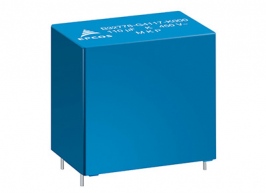Hello,
We wish to do stability testing on our linear LED current regulator. It is actually mains connected.
The designer tells us that he has some worry about instability occurring. He says that we should stick to a certain family of the Infineon range of FETs so that the circuit stays stable.
I must admit I have not had chance to do much stability testing with the hardware yet, but on the simulator, making even large changes to all the circuit values around this LED current regulator don’t appear to be bringing any instability at all.
Do you believe that the attached circuit diagram would be a valid test to check for instability of this current regulator?
The company will not mind me posting this bit of the circuit as its just a well known standard linear current regulator.
I also attach the LTspice simulation of the regulator.
We wish to do stability testing on our linear LED current regulator. It is actually mains connected.
The designer tells us that he has some worry about instability occurring. He says that we should stick to a certain family of the Infineon range of FETs so that the circuit stays stable.
I must admit I have not had chance to do much stability testing with the hardware yet, but on the simulator, making even large changes to all the circuit values around this LED current regulator don’t appear to be bringing any instability at all.
Do you believe that the attached circuit diagram would be a valid test to check for instability of this current regulator?
The company will not mind me posting this bit of the circuit as its just a well known standard linear current regulator.
I also attach the LTspice simulation of the regulator.




